The COVID-19 pandemic is unmasking a lot of ugly economic and social truths across the Midwest, especially in my home state of Michigan.
The appearance of a good economy in the Midwest following the Great Recession (which hit the region very hard) was a bit of an illusion. Prior to the arrival of the coronavirus, unemployment was low, but now we see most workers were living paycheck to paycheck in jobs that were not secure (and did not pay much to begin with). Now Michigan has among the highest numbers of newly unemployed residents and unemployment benefits filings.
Even more alarmingly, the pandemic is blowing away the illusion that racism in the North—manifested in practices such as redlining, deeded covenants, and shifting public school boundaries when Black children began to mingle with white children—was at least not as violent as the lynchings, firehoses, and fire bombings that characterized Southern racism. Almost overnight, the COVID-19 pandemic has turned historically institutionalized racism in the Midwest’s industrial cities into a murder weapon.
The unexpected scale of the pandemic in Detroit and Chicago, and its pronounced impact on African American communities in cities across the Midwest, lays bare a long-standing reality: The older industrial cities of the Midwest are home to America’s sharpest Black-white divides. Of the nation’s 25 most segregated metropolitan areas, 18 include cities in the industrial Midwest, stretching from St. Louis in the west to Syracuse, N.Y. in the east. In the three most segregated metropolitan regions—Greater Milwaukee, Chicagoland, and metro area Detroit—Black residents account for disproportionate shares of COVID-19-related cases and deaths to date:
- In Milwaukee County, Black residents account for 27% of the local population, but 51% of confirmed COVID-19 cases (where race/ethnicity was recorded) and 57% of COVID-19 deaths.
- In the city of Chicago and suburban Cook County, Ill., the rate of COVID-19 cases per 100,000 people is nearly 470 for Black residents—more than twice that for white and Latino or Hispanic residents. COVID-19 death rates for Chicago’s Black residents are more than four times as high as for other race groups.
- In the city of Detroit, Black residents account for 79% of the local population, but 88% of confirmed COVID-19 cases and deaths (where race/ethnicity was recorded).
It turns out our strictly enforced racial schisms—divides that concentrate poverty and environmental hazards, limit access to good jobs and health care, and feed the growth of chronic health conditions—can mean life or death.
How did we get to this horrific place in the supposedly enlightened North, and in communities proud of our so-called Midwestern values? Segregation in the North was not as much the product of naked reclaiming of white privilege evident in the post-Reconstruction South. But the early 20th century’s Great Migration of Black and white laborers from the South and Appalachia to Midwestern mills, factories, machine shops, and the decent jobs they provided threw races together in Northern cities. Those cities soon enabled and encouraged the flight of white residents (and their businesses, jobs, and wealth) to the suburbs, while strict discriminatory housing and educational policies kept Black residents confined in increasingly segregated communities.
What resulted are the nation’s most racially and economically balkanized metropolitan communities. This separation has many damaging effects on Midwestern cities’ economic, political, and social health, crippling decisionmaking and our ability to organize metropolitan-wide solutions (for example, functional regional transportation systems that facilitate access to good jobs for all residents, which are still absent in communities like Detroit).
This plays out in national politics, too, as racially divided regions such as Detroit, Cleveland, and Milwaukee fed the rise of Donald Trump, with his scapegoating of people of color and nostalgic appeals to white working-class voters yearning for a return to the “good old days.” In our state capital of Lansing, an April 15 rally ostensibly protesting social distancing measures was notable for its participants’ use of Trump and Confederate iconography.
As the COVID-19 death toll surges in the Midwest’s African American communities, all of a sudden mayors and governors here and across the nation are appointing commissions to investigate the “root causes” of the fatality rate discrepancies between white and Black communities. But, like the statues of Confederate soldiers that adorned cities in the South for years, these “root causes” have been in plain sight for a long time. Whether the “investigation” will help topple the edifice of structural racism in our cities when the pandemic inevitably fades remains to be seen.
Courtney Hylant contributed to this post.
The Brookings Institution is committed to quality, independence, and impact.
We are supported by a diverse array of funders. In line with our values and policies, each Brookings publication represents the sole views of its author(s).
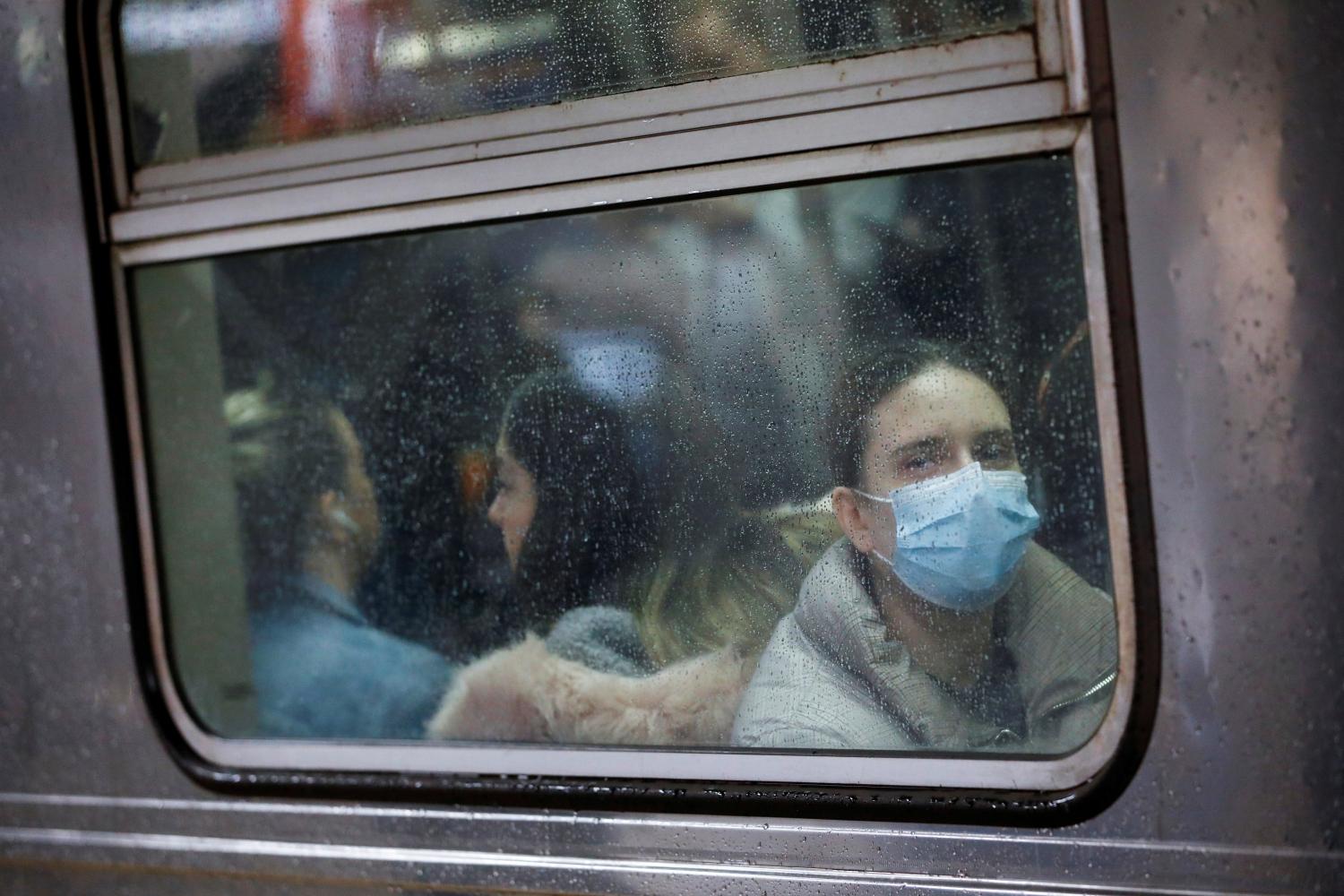
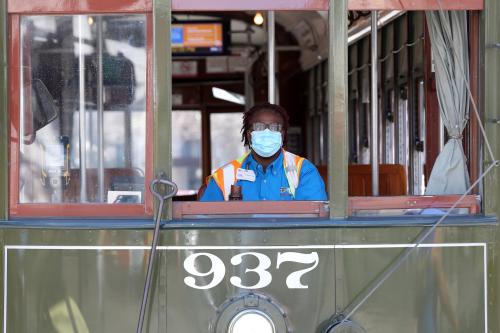
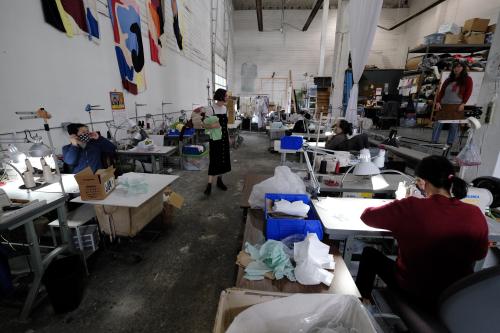
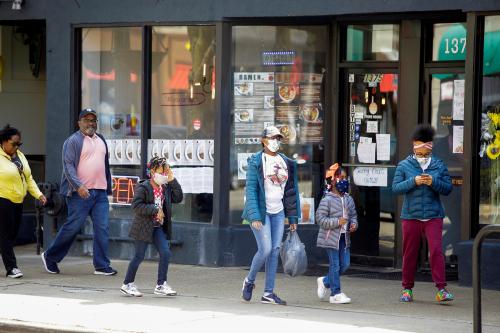


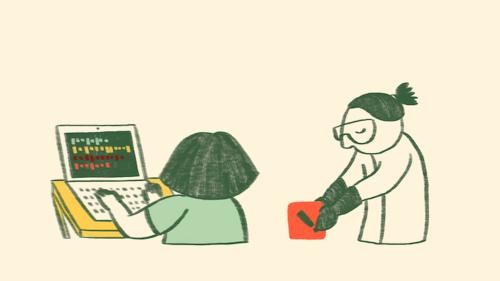

Commentary
COVID-19 is turning the Midwest’s long legacy of segregation deadly
April 17, 2020